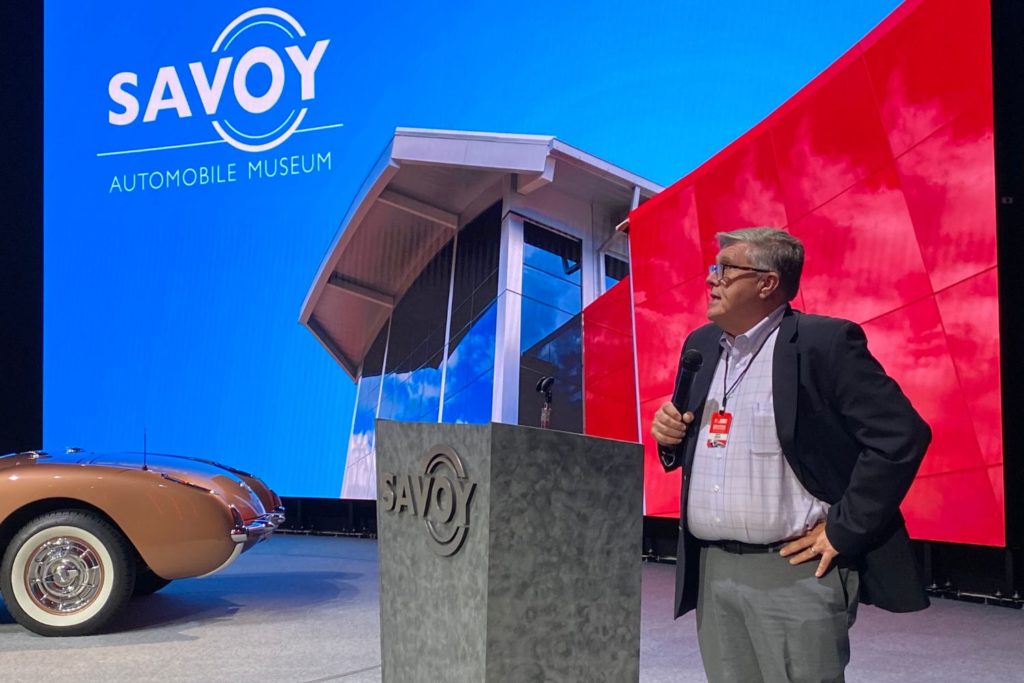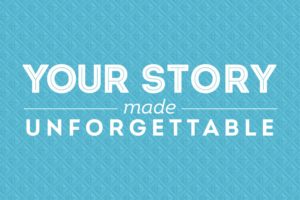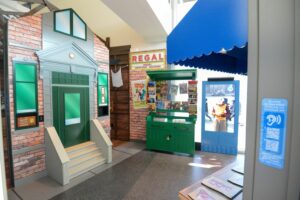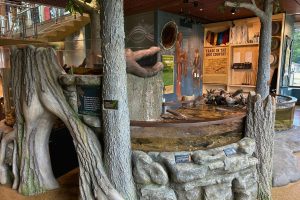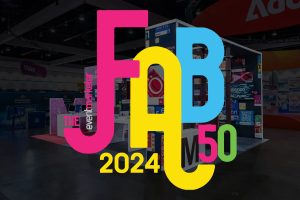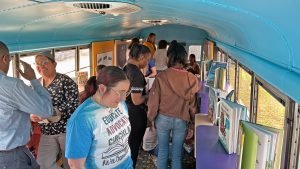Earlier this month, I had the opportunity to attend the annual conference of the National Association of Automobile Museums in Cartersville, Georgia. It was hosted at the beautiful, newly built Savoy Automobile Museum.
It was 30 years ago next month that four of us met in Naples, Florida to discuss an idea that we had for the formation of a professional association for automobile museums. We wanted to create a collegial organization that would share information and resources and elevate the professional standards in the industry. Fast forward to today, NAAM has welcomed hundreds of members and held nearly 30 annual conferences. I can happily say that the association we dreamed up is a success.
The theme of this year’s conference was Driving Enthusiasm. As a group, we explored ways at reaching and connecting with varying audiences. While interests are shifting in younger generations, automobile museums, among other institutions, are being challenged to remain culturally relevant.
NEW AUDIENCES
As I reflect on this year’s conference, I’m confident in saying that we’re trending in the right direction and rising to the occasion. This year’s event welcomed a new generation of museum professionals with fresh perspectives and innovative ideas. Refreshingly, the group had a strong sense of purpose and desire to reach new communities that have been traditionally underserved.
As expected, automobile museums are often filled with amazing examples of rolling sculpture. (Their design is a discipline all its own.) Many institutions also have archives filled with design sketches, engineering drawings, and other associated design artifacts. Conveniently, there is a new merit badge in Girl Scouts for Junior Automotive Design. As a result, automotive museums are taking these existing artifacts and working with scout groups and developing programs focused on this study. For this young population, these programs are providing exposure to the automotive industry early in life. New initiatives, such as these, could help our industry create more beneficial connections with youth populations compared to traditional, static museum experiences. It’s my belief that immersing these audiences at an early age will create a much deeper understanding and stronger connection to automotive history.
NEW FOCUS
Similarly, many automobile museums are making great efforts at presenting stories that empower women. Whether tales of designers, engineers, or race car drivers, these historical records allow organizations to tell a more complete story while also creating new ways to connect.
Expanding our focus away from traditional subject matter into new, engaging stories creates more relatable, comprehensive content.
NEW OPPORTUNITY
One of the most interesting sessions at this year’s conference dealt with accessible programing and how to make institutions more sensory- and disability-friendly. This was presented by Elyse Faulkner from the Auburn Cord Duesenberg Automobile Museum in Indiana. An interesting note from the presentation was that individuals with disabilities and their families have tremendous spending power. If they do not feel welcome or wanted, they will take their interests and resources elsewhere.
To help meet these needs, the Auburn Cord Duesenberg Automobile Museum has created regularly scheduled special programing and added days with limited sensory exposure. Additionally, they have trained volunteers and staff on how to interact with people of all types and to make the museum’s story more accessible, relevant, and meaningful to these audiences.
The Auburn Cord Duesenberg Automobile Museum is meeting people where they are. They’ve adapted and the museum has seen these populations visit more frequently and it has even inspired some to volunteer.
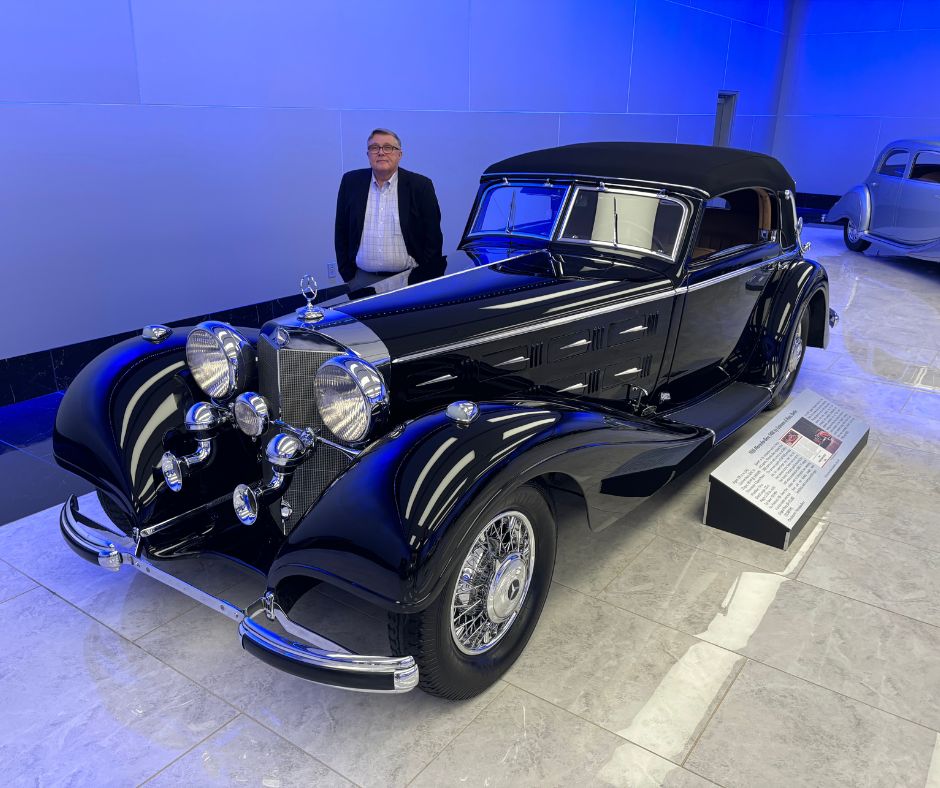

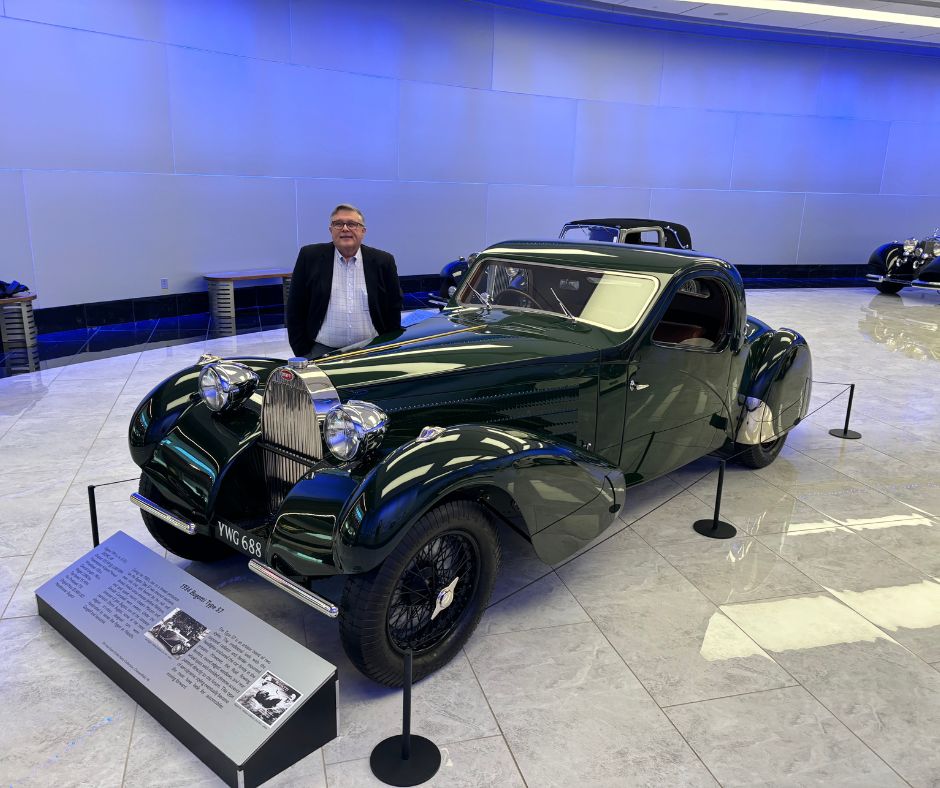

Over the past decades, I have watched firsthand the evolution of museums and their approaches to reaching new audiences. As the world evolves, so must museums. As an industry, we must continuously strive to connect with those beyond our traditional demographics. Museums, once regarded as exclusive spaces, are now actively working to ensure that all individuals feel welcome and accommodated during their visit. As a result, we are expanding the meaning of museum community. I feel that this new generation of up-and-coming professionals genuinely understands this and it is making the future of museums brighter and stronger.
Matt Short
An account executive at Exhibit Concepts with over 20 years of museum management experience. More recently, Matt has transitioned into a sales role within the industry. He provides a diverse background to the Exhibit Concepts team and has a passion for storytelling and bringing history to life.


